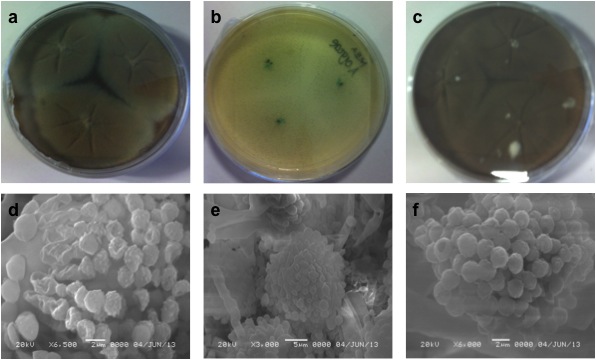 |
|
The fermentation processes can be divided generally in Solid-State Fermentation (SSF) and Sumerged Fermentation (SmF) presenting different in the comportment of the microorganism. Both systems have been studied for the enzymes production of industrial interest using microorganisms as Aspergillus sp. that xylanase produced with important industrial application. In this work the effect of culture conditions (SSF and SmF) and the type of inert support (polyurethane foam, perlite and volcanic stone) in the production of xylanase by a strain identified as Aspergillus fumigatus was evaluated. The enzyme activity produced with perlite (54.08 U/gdm) and PUF (17.42 U/gdm) was higher than produced in SmF (2.06 U/mL). Using volcanic stone prevented the production of xylanases. Additionally, the SSF using perlite productivity was 18 times major that obtained in SmF, also, PUF using productivity increased 9 times relative to the liquid culture. Thereby, comparison of the kinetic parameters led to the conclusion that the SSF using perlite as an inert support generates a better alternative for obtaining xylanolytic activity from A. fumigatus.
Keywords: Aspergillus fumigatus, xilanase, SSF, SmF, tezontle, PUF, agrolite.
|
|
 |

